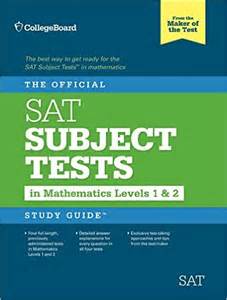By Gabriel Princewill
The Sats results are incomplete without full statistics about the range of pass marks attained across the spectrum of primary school pupils in the UK.
The sats results announced yesterday(Tuesday) has been received differently by various educational organisations and the media.
Most commentators have rightly focused on the fact that a high percentage of 39-40% failed to meet the expected standard in reading and English. One of the writers of this publication focused more on the notably improved pass rate this year, relative to last year.
Both positions are valid opinions. However, without precise statistics of the range of pass levels achieved in this year’s sats test, only a vague view of the performance and standard of primary school children can be gauged.
The eye of media.com has requested a more precise breakdown of the pass rates achieved in this year’s sats test, in order to aid a more efficient assessment of the results.
There are various gradations of passing, ranging from a low mark to a high mark. Precisely where the vast majority of primary pupils fit on the broad scale of attainable results, is the true indicator of the general level or ability of the students.
WORK ETHICS
The proportion of students that fell short of the required standards in their sats tests may be a reflection of a poor work ethic on the part of the underachieving child, or other external issues in their personal life. It may also be that a more robust mechanism of instilling effective learning is necessary for many of such children.
STANDARD
Complaints of an excessively high standard for children as young as 10 is adequately being scrutinized by the eye of media.com, and will be completed soon. However, what determines whether the standard of a test or exam is too high, partly depends on the habits and level of training cultivated by children and schools collectively .
RATES
Children learn at different rates, but can be affected by a host of extraneous variables. Low self esteem, family issues, or even a complex mind can prove to be tough opponents in the academic process of learning. The one thing that shouldn’t be tolerated even at that age, is indiscipline, rudeness to teachers, or laziness.
FEAR
The fear voiced by education chiefs that those who failed their sats tests will enter secondary school with low academic self esteem is understandable.
Notwithstanding, teachers should be trained to let children know that people develop at different rates during various stages of their lives. Academic commitment should not be underplayed at their young age, but having the right attitude is perhaps most important at this stage of their life.
ENTHUSIASM
Children must be taught that enthusiasm, self belief, and focus, can catapult them to the summit of academic success at any point in their secondary school education, or thereafter. A stimulating environment should be established in every primary school, with teachers absolutely committed to bringing the best out of their pupils.

